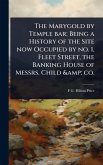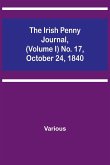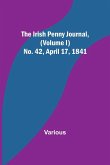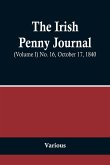"No. 17, Fleet Street" offers a detailed historical account of a specific address in London, likely commissioned by the London County Council's Local Government, Records and Museums Committee. Authored or overseen by George Laurence Gomme, the book probably delves into the history of the building and its surroundings. It provides valuable insights into London's urban development and the social fabric of the city at the turn of the 20th century. This book would be of interest to historians, architectural enthusiasts, and anyone curious about the evolution of London's built environment. Its detailed examination of a single location offers a microcosm of broader historical and social trends. This work has been selected by scholars as being culturally important, and is part of the knowledge base of civilization as we know it. This work was reproduced from the original artifact, and remains as true to the original work as possible. Therefore, you will see the original copyright references, library stamps (as most of these works have been housed in our most important libraries around the world), and other notations in the work. This work is in the public domain in the United States of America, and possibly other nations. Within the United States, you may freely copy and distribute this work, as no entity (individual or corporate) has a copyright on the body of the work. As a reproduction of a historical artifact, this work may contain missing or blurred pages, poor pictures, errant marks, etc. Scholars believe, and we concur, that this work is important enough to be preserved, reproduced, and made generally available to the public. We appreciate your support of the preservation process, and thank you for being an important part of keeping this knowledge alive and relevant.
Bitte wählen Sie Ihr Anliegen aus.
Rechnungen
Retourenschein anfordern
Bestellstatus
Storno








